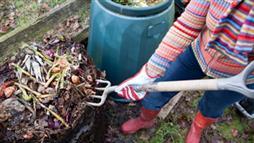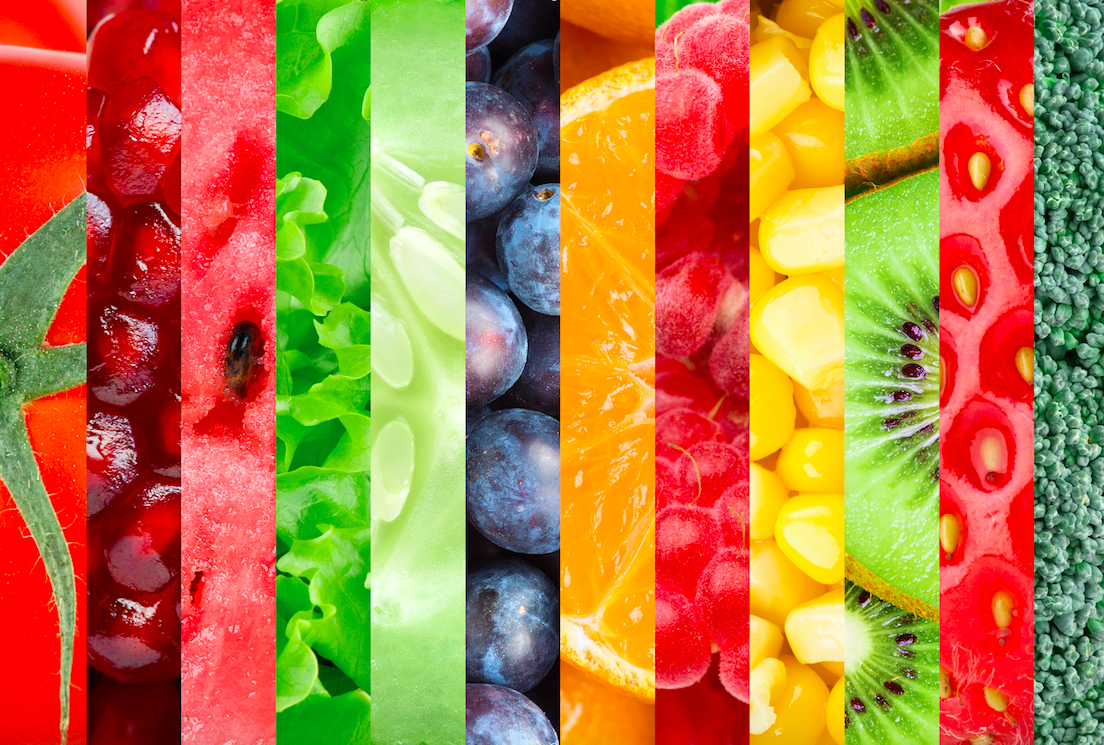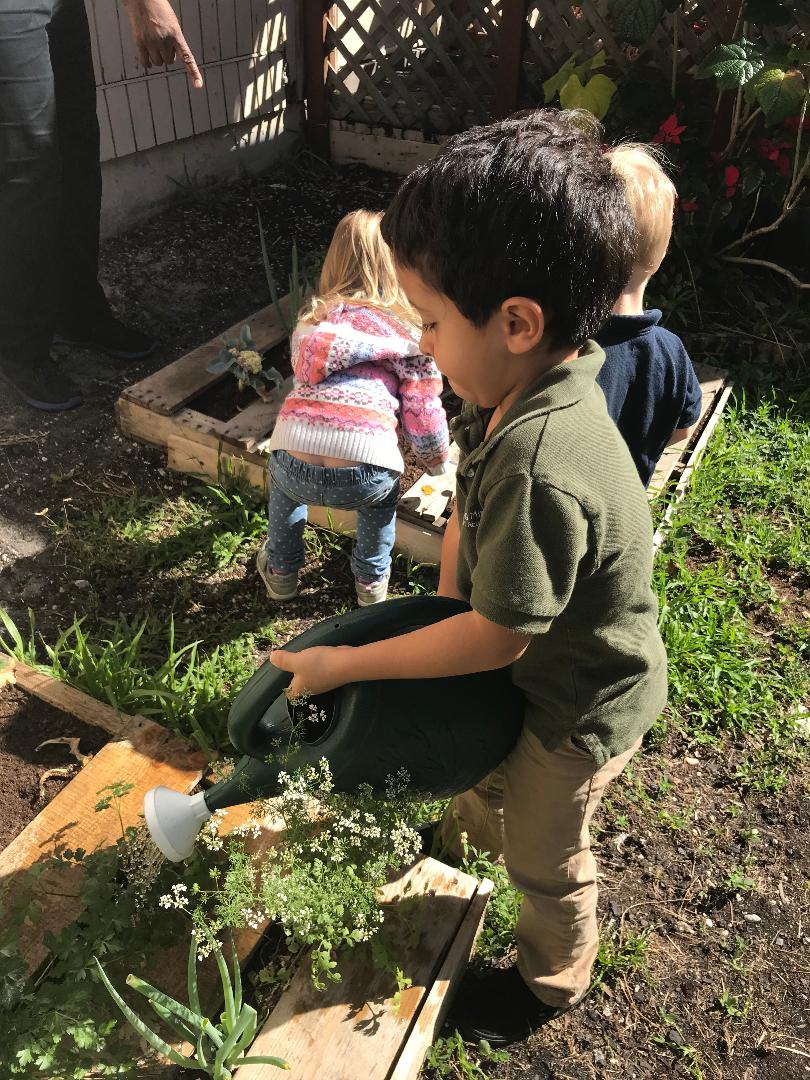How to Properly Compost and Recycle
The majority of Americans (72 percent) do not compost their food waste, but 62 percent said they’d be willing to if it were more convenient
To start composting all you need is a tumbling composter bin and a mix of organic materials like yard trimmings, coffee grinds and vegetable peels; adding worms can expedite the process
Compost improves water retention, reduces chemical needs and improves soil quality and structure
While many people are recycling glass, cans, paper products and cardboard, not everything in these categories is recyclable, and it’s possible to taint an entire load if you throw in something that’s not
Recycling requirements vary by municipality; to verify the recycling guidelines in your area, contact your local facility
Composting your food and yard waste, and recycling your recyclable “stuff,” are among the simplest yet most powerful ways to reduce your environmental footprint and help the Earth. As a bonus, the compost you can easily create from kitchen scraps like coffee grinds and vegetable peels is phenomenal to add to your flowerbeds and vegetable garden. As it stands, the majority of Americans (72 percent) do not compost their food waste, but 62 percent said they’d be willing to if it were more convenient.1
Residential food composting programs are currently being tested in a number of U.S. cities, including New York City, Austin and Milwaukee, and more than 180 communities collect food waste from residences.2 Many of the programs started out by allowing residents to add food scraps to their yard waste recycling bins. However, it’s easy to start composting at home, even if your community doesn’t offer curbside pickup.
Why Compost?
On the surface level, composting doesn’t sound like a glamorous or even all-too-important topic. Yet, dig below the surface and you’ll quickly realize that diverting a banana peel here and a pile of spoiled greens there from U.S. landfills is a very big deal. Food waste is actually the second largest component of waste sent to U.S. landfills, making up 18 percent of the waste stream, according to the U.S. Environmental Protection Agency (EPA).3
Yard trimmings make up another 7 percent. When combined, this organic waste makes up the largest share of U.S. trash, more than any other material, including paper and plastic.
In all, the food waste alone amounts to more than 30 million tons of waste entering U.S. landfills every year. This is particularly tragic since food and yard waste is easily recycled via composting. Aside from helping to conserve limited landfill space, cutting back on the amount of organic matter entering landfills leads to a reduction in methane gas emissions.4
And, when applied to soil, compost adds valuable organic matter, a crucial gift since topsoil loss and erosion are major concerns in the 21st century, leading to watershed problems and threatening “our ability to sustain life on Earth,” according to the Institute for Local Self-Reliance (ILSR).5 ILSR also notes that amending soil with compost improves water retention, reduces chemical needs and improves soil quality and structure.6 Even the U.S. EPA lists the following benefits of composting:7
Enriches soil, helping retain moisture and suppress plant diseases and pests
Reduces the need for chemical fertilizers
Encourages the production of beneficial bacteria and fungi that break down organic matter to create hummus, a rich, nutrient-filled material
The Marin Carbon Project in Northern California has also revealed how valuable composting can be to communities on a larger scale. “The research has demonstrated that a one-time application of compost can sequester almost 1,000 pounds of carbon per acre per year,” the Environmental Defense Fund noted, adding, “It has the potential to reduce emissions of carbon dioxide by 28 million metric tons per year if compost can be applied to just 5 percent of CA’s [California’s] rangelands. That’s equivalent to removing nearly 6 million cars from the road.”8
Home Composting 101
Are you ready to begin reaping the benefits of compost in your own backyard? You can compost in a pile, in a box or a ready-made tumbling composter bin. The latter is very convenient and can be purchased at home improvement stores for anywhere from $100 to $200. Less expensive options include making your own from wood, recycled plastic or even chicken wire.
Tumblers (rotating drums) are great because they make aeration a breeze — all you have to do is turn the drum every few days, which takes less effort than turning a pile with a fork or shovel. They are also much faster to compost; you can get great compost in as little as one to two weeks, while the piles may take many months to digest. Many local municipalities also have bins available for a reasonable price. For the best moisture and temperature regulation, select bins that hold at least one cubic yard.
Your compost zone should be conveniently located, as close as possible to your source of raw materials (kitchen scraps, lawn clippings, soiled paper products) where it won’t be too much of an eyesore. If you are using piles or bins, I recommend having two of them as then you’ll have a place to put fresh scraps while one full “batch” of compost finishes curing. The key to creating compost without unpleasant odors or attracting rodents lies in its makeup.
It’s not an exact science, but, “If you create the proper balance of materials, you’ll have aerobic conditions, and the microorganisms that thrive there break down scraps with little to no odor,” says Darby Hoover, senior resource specialist in the National Resources Defense Council’s (NRDC) Food and Agriculture program.9 The formula she refers to is 2 to 3 parts “browns” to 1 part “greens,” such as:
Browns (2 to 3 parts) Greens (1 part)
Shredded newspaper and other paper
Fruit and vegetable scraps
Dead leaves
Breads and grains
Food-soiled paper (but not coated paper)
Coffee grounds and filters, tea bags
Cardboard
Grass clippings
Branches and twigs
Crushed eggshells
The U.S. EPA recommends a slightly different balance of equal parts browns to greens, along with water; the key is not to get bogged down with adding an exact amount but simply to make sure you’re adding a variety of organic materials in the general ratios described. You can also add in the soil as a starter and to help reduce any odors.
The EPA adds, “You should also alternate layers of organic materials of different-sized particles. The brown materials provide carbon for your compost, the green materials provide nitrogen, and the water provides moisture to help break down the organic matter.”10
Add Worms to Expedite the Process
If you’re serious about composting, or want to turn your food scraps into veritable black gold faster, just add worms. You can purchase 2,000 red composting worms online for around $30, which can be added to your soil or compost bins. While it’s not necessary to add worms to create compost, doing so may help you create high-quality compost faster. Worms’ digestive process naturally excretes beneficial microbes into the soil, which drastically alter the soil’s composition.
So-called worm farmers are creating a natural product known as “vermicompost,” which is said to improve plant growth and make plants more resistant to disease and insects than plants grown with other composts and fertilizers.11,12 At one worm farm, worms are able to transform 10 million pounds of manure from a dairy farm into 2.5 million pounds of beneficial vermicompost,13 so just imagine what they can do in your compost bin and garden.
What should you do with the wonderful compost you’ve created? Add it to your flowerbeds, vegetable garden, trees and houseplants. If you don’t have a yard, offer it to friends, family, schools or churches that do. You can even dump some compost around trees and shrubs you come across in parking lots.14
Are You Recycling Correctly?
In the U.S., nearly 260 million tons of municipal solid waste (MSW) are generated annually. Nearly 90 million tons of this MSW is recycled or composted, for a recycling rate of close to 35 percent.15 Clearly, there’s a lot of room for improvement, and part of that stems from knowing what can be recycled and what can’t. While many people are recycling glass, cans, paper products and cardboard, not everything in these categories is recyclable, and it’s possible to taint an entire load if you throw in something that’s not.
In addition, recycling requirements vary by municipality. For instance, some recycling centers accept bottle caps if they’re screwed onto a bottle while others do not. Some centers reject shredded paper while others may accept it if it’s in a bag and labeled as such. To verify the recycling guidelines in your area, contact your local facility. If you’re not sure of the guidelines in your area, all of your recycling efforts could be for naught. For example, the city of Denver, Colorado, released these common recycling mistakes:16
1. Plastic Bags Shouldn’t Go Into Your Recycling Bin
Municipal recycling facilities often do not recycle plastic bags, which can get caught in their machinery causing damage. Many grocery stores, however, have collection bins where you can drop off plastic bags to be recycled.
2. Avoiding Putting Your Recyclables Into Trash Bags
If you put your recyclables into closed trash bags, they’ll get thrown straight into the trash. This is because sorters don’t have time to open them, and they’re also considered to be a safety hazard.
3. Greasy, Wet or Food-Soiled Items Cannot Be Recycled
Grease, liquids (even water) and food are considered contaminants. If they make it down the sorting line without being tossed out, they can contaminate an entire load of recyclables, causing it to be thrown out. Examples of items that cannot be recycled include:
Foil potato chip bags
Greasy pizza boxes (if you rip off the unsoiled cardboard lid, that can be recycled)
Foil lids from yogurt containers (however foil food trays and pie tins may be accepted as long as you remove as much food as possible)
Paper cups with shiny coatings, such as hot-serve coffee cups
Paper food bowls with plastic lining (such as those used for Chipotle burrito bowls)
4. Very Small Items Cannot Be Recycled
The Denver Post described it as “anything smaller than a Post-it note” cannot be recycled, because it’s too small to be sorted properly. This includes plastic bottle caps, unless you screw them onto the bottle (be sure to empty all liquid out first, or the bottle will be discarded).
5. Don’t Flatten Milk Cartons
Waxy milk cartons can be recycled, but if they’re missed via hand sorting an infrared optical sorter will pick them out (and certain other three-dimensional items) from the mix. If you crush the cartons, they may be missed.
6. These Items Can’t Be Recycled
Anything that enters a recycling center that cannot be recycled is considered a contaminant and will be thrown out. If too many contaminants are found in a bundle of recyclables, it runs the risk of being rejected. Examples of nonrecyclable items in Denver include:
Scrap metal
Plastic that does not hold a shape
Christmas tree lights
Wire hangers
Electronics (there are specialized centers for this)
Auto parts
Propane tanks
Mattresses
Bowling balls
Bicycles
Recycling and Composting: Every Little Bit Helps
Whether you’re an individual or the head of a corporation, doing what you can to recycle and compost your waste is crucial to sustaining the environment. Before you toss something in the trash, consider whether it could instead be reused, donated, composted or recycled. Items such as used napkins, paper towels and tissues can be added to your compost bin along with your food waste, while many glass and plastic containers can be recycled.
“Our current system of production, consumption and disposal has become unsustainable. It is imperative for everyone — from individuals to large organizations — to rethink our ideas and our relationship to trash disposal,” the National Institutes of Health Environmental Management System notes. “By reducing the amount of trash produced and reusing existing materials, we can all make a difference by protecting the environment, conserving natural resources, and sustaining the planet for future generations.”17
Remember, too, that a key part of the process is reducing waste to begin with. So opt for reusable water bottles, coffee cups and food containers, and nix single-use disposables like plastic straws and utensils and paper plates. Choose high-quality, sustainable clothing and wear it for the long-haul, rather than buying (and donating) a new wardrobe every season.
Reducing food waste is also important, so purchase only what you need and know you’ll use up, freeze what you don’t, and be open to purchasing cosmetically imperfect produce at the grocery store of farmers market — items that will probably otherwise end up in the landfill. ~ Dr Mercola



